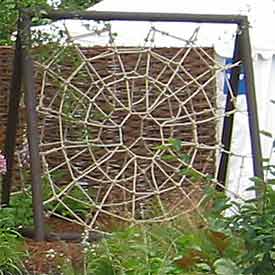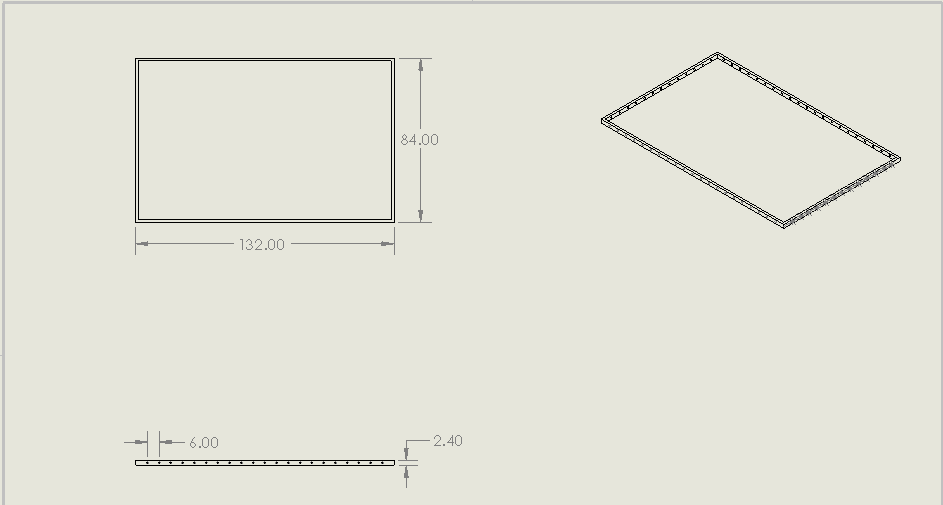Rope Climbing System
Abstract
Our group must design a lightweight yet strong rope swing for the children to play on.
Team members
From left to right:
- Kory White
- Isaac Hicks
- Tuomas Koota
- Jacolby Darr
- Steven Vongrasmy
Acknowledge help of others
- other
Problem Statement/overview of the need
The physical therapist office needs a horizontal rope swing that can be made into an inclined plane for the children to play on.
Design Specifications
1.It must be able to be portable.
2. The height should be no more that 6 feet tall and the length is 9 feet.
3. It must be strong enough to hold at least 100 pounds.
4. It must be very stable.
5. It must not cost too much.
Background research
We researched some rope bridges and some other rope climb walls for playgrounds to get some design. The problems with other rope climb systems is they are too large for the room and they are very expensive to purchase. One we found was over $1,000 and were unable to attach to the existing frame without modification. These pictures are potential ideas for how the rope might be designed.
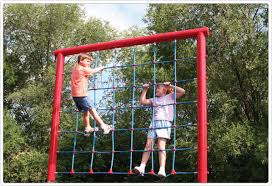
Conceptual Design
We tried to think of something that would be easy to remove, light weight, and store-able, yet would be strong enough to hold up the children safely.
Design Concept 1
We thought that a good way to adjust the height of each side of the rope swing would be to use a pulley system. With a quick disconnect on each rope, it would make the rope swing portable, light, and easy to store.
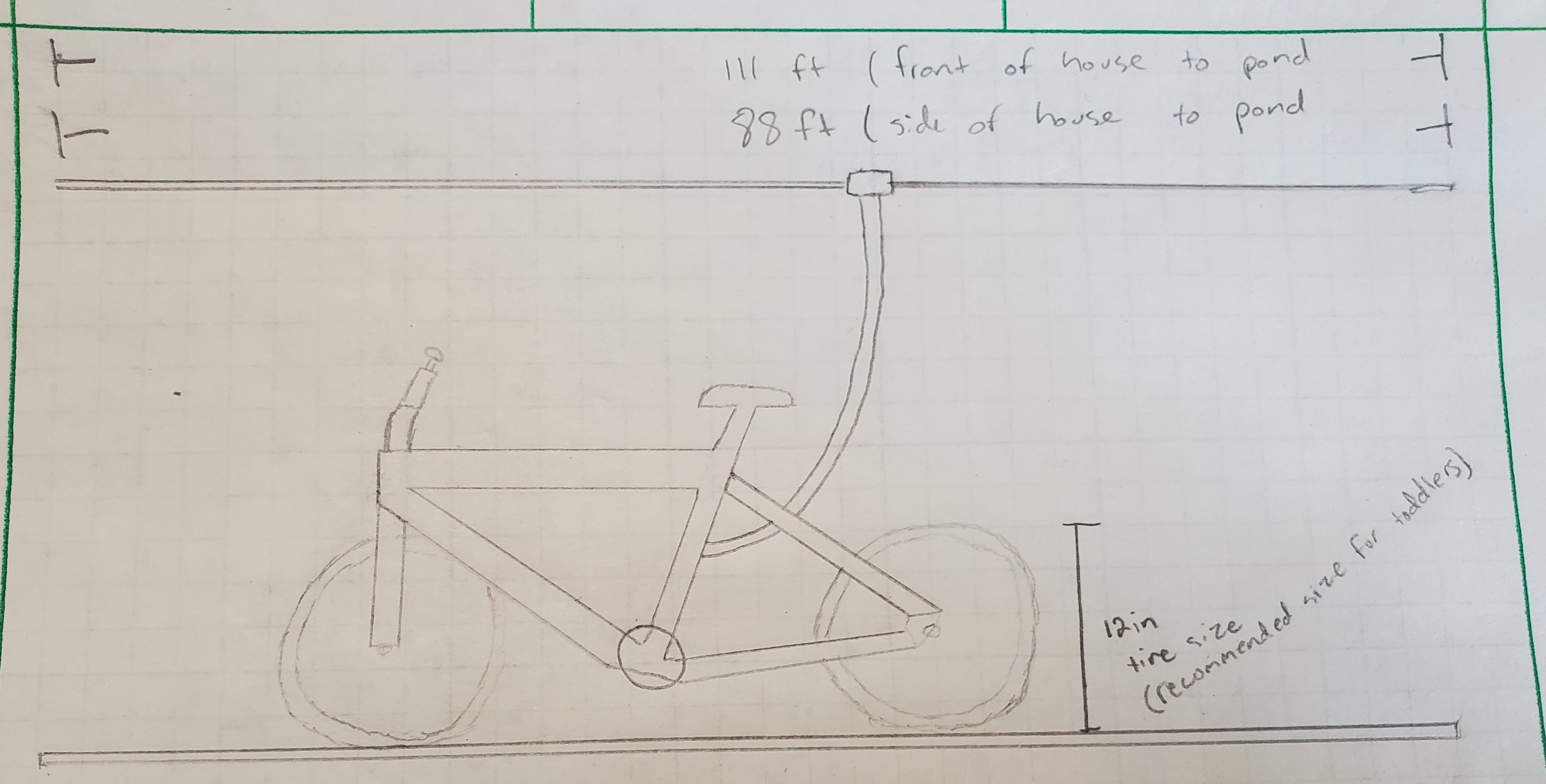
This design seems like it will work very efficient and make it very easy to adjust. The pulley will be optimal for making the height whatever the therapist would want and would provide plenty of strength.
Design Concept 2
We thought that having just a bracket that could slide up and down the existing frame would provide strength and be very cost effective.
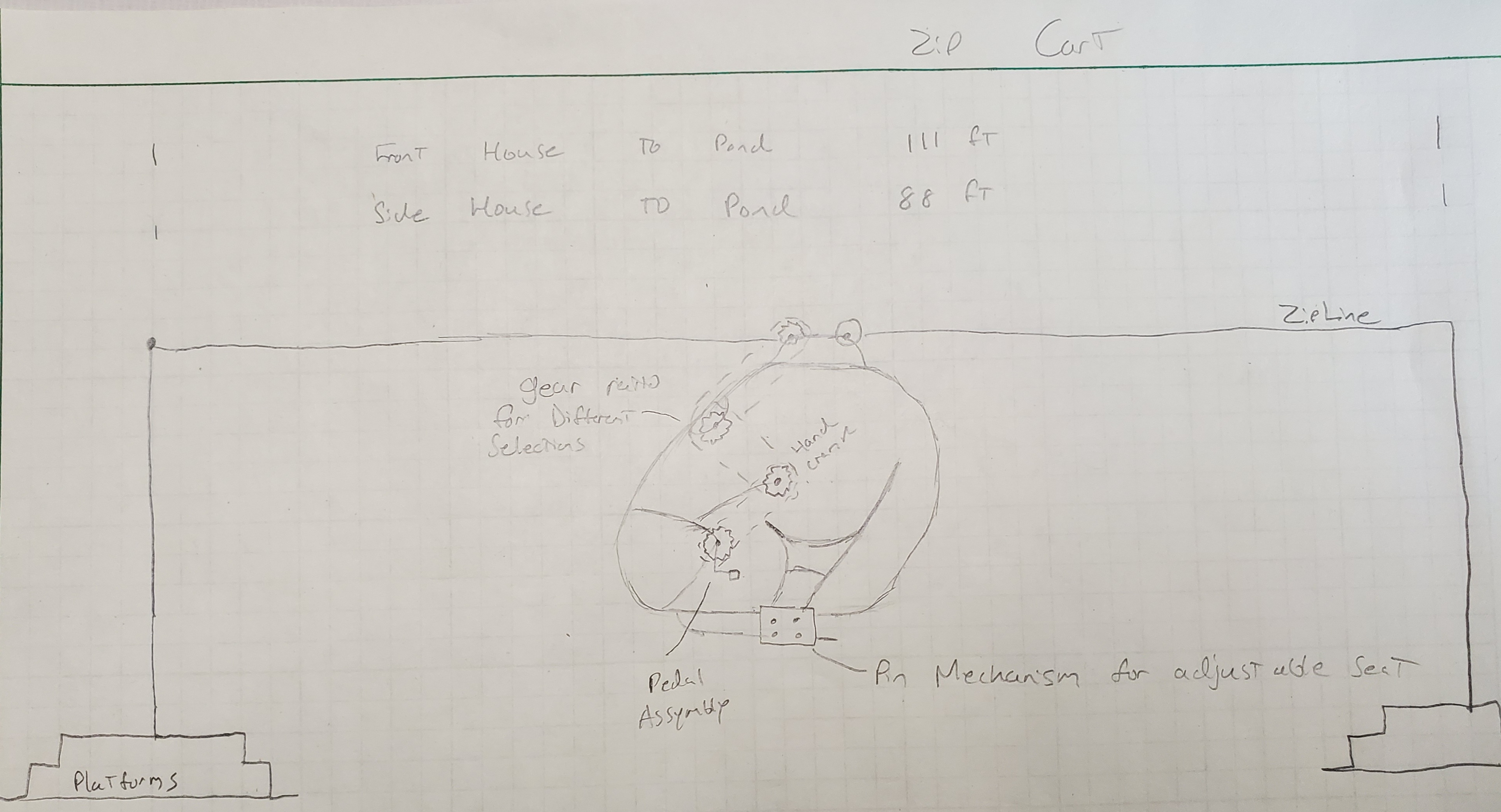
This design does give a very good and cheap way to build the set up. The only issue is whether or not the clamp will be strong enough to hold the rope swing in place.
Design Concept 3
We decided that this idea was a very simplistic idea that would provide a very stable base, but would also be relatively easy to move around. The side step bar would be the hardest part to move, but it will come apart for ease of storage.
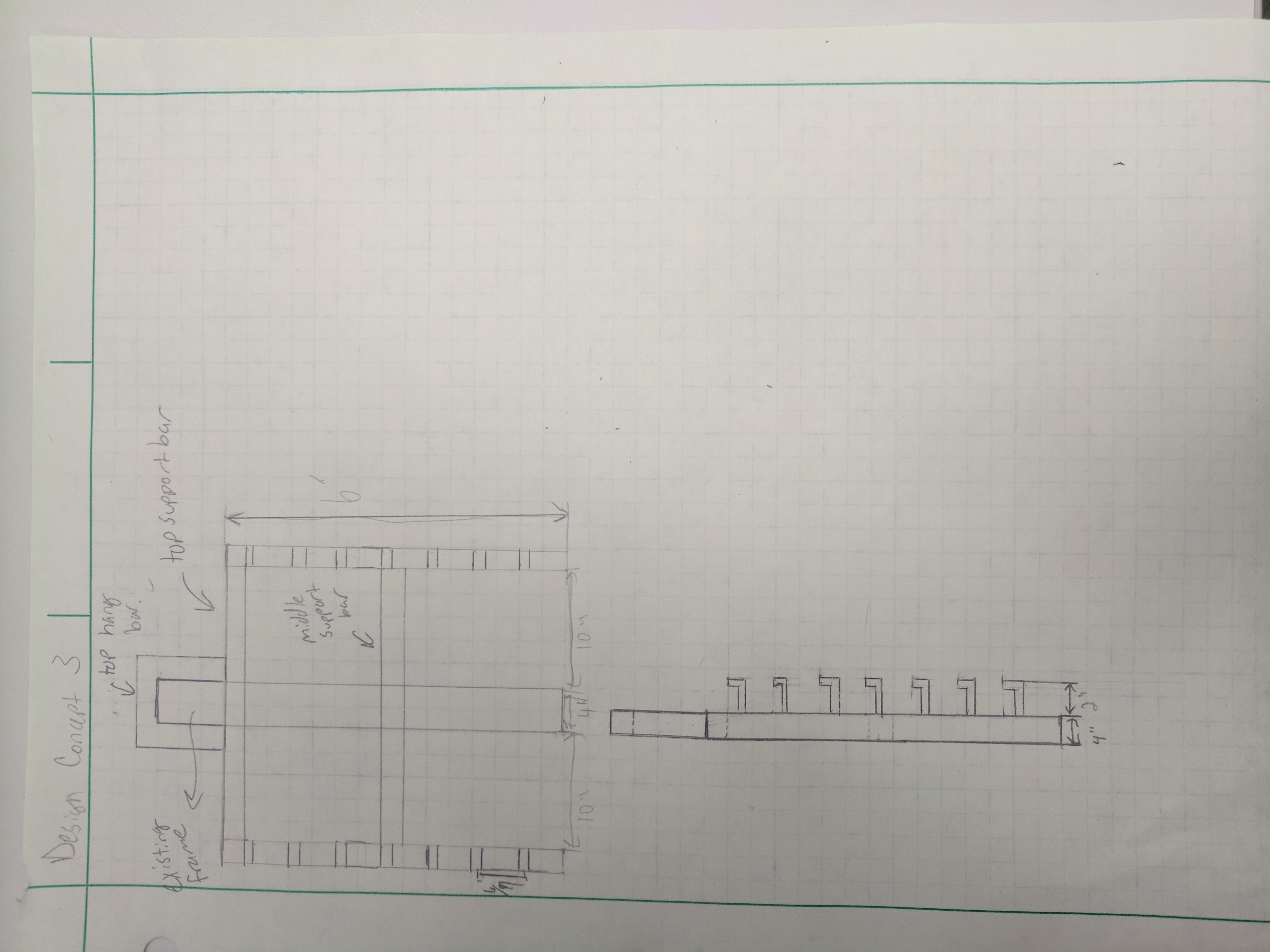
This design is a very good way to keep the rope sturdy and stable. The top and center bars will come apart for easy access and the hang bar makes for a really strong design that should have no trouble holding the weight of the children. The one down side is the size of the contraption and the weight of it, possibly making it difficult to take apart and store.
Design Concept 4
We thought that this design might make for a very sturdy and strong place for the children to play. The rope will attach to the top of the swing and come down to the bottom og the fixture.
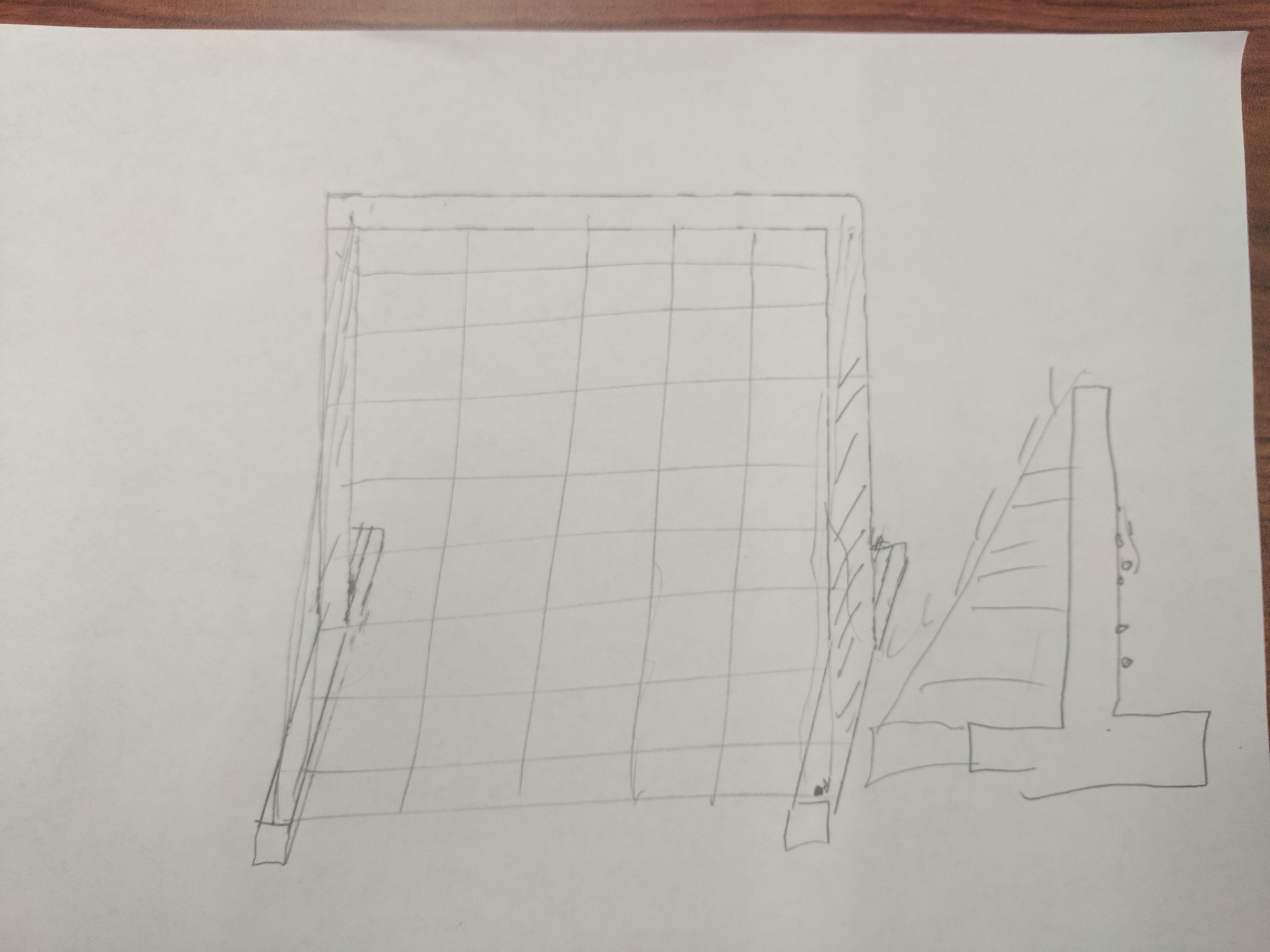
This will provide an ease to store, but can be somewhat tricky to take down. We were thinking you could use a clip to clip the rope onto for ease of removal.
Design Concept 5
This design allows for adjust-ability on either side and provides the straight across motion as well.
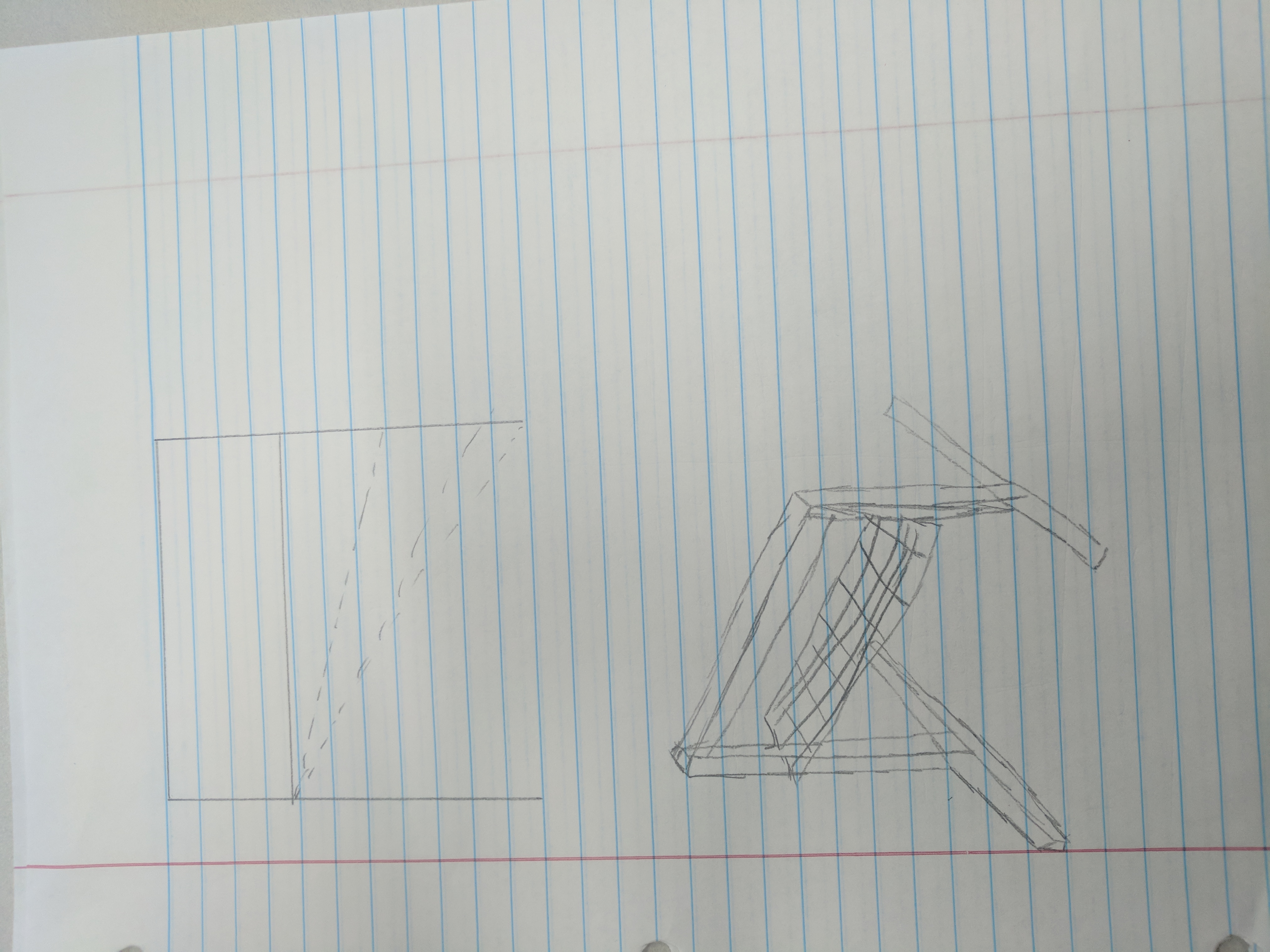
This will allow the storage space to be small, but can be a slight task to take down and put up.
Design Concept 6
This design combines the other two designs into one. This way they have the horizontal climbing and the angled climbing to fit as they need.

This design does make it hard to store and set up, but it does provide some possible adjust-ability of the height and the angle of the rope.
Evaluate concepts/select candidate
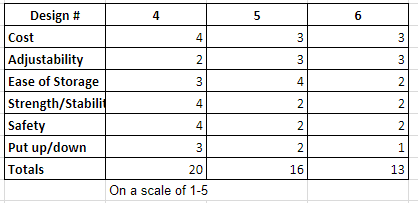
The winning design is design 4. We felt that this design was the safest design for the children to be playing on, the strongest, and the most cost efficient. This design will also be pretty easy to put up and take down, which was a concern of the therapist.
Detailed Design
Description of selected design
This design was chosen mainly for the safety factor, since it is easy to not tip over.
Detailed description of selected design
The final design will have rectangular metal bars that hold the rope in place. The metal will provide strength and stability to the system. The top will connect onto 2 "L" shaped brackets that will hold up the top part of the rope climb. The bottom will be held by the existing frame to prevent sliding. Both the top and bottom will use cotter pins to hold the system in place.
Analysis
We decided to do an analysis of the force on the "L" brackets, the shear and moment diagrams of the side bars, and the stress in the side bar.
Engineering analysis 1
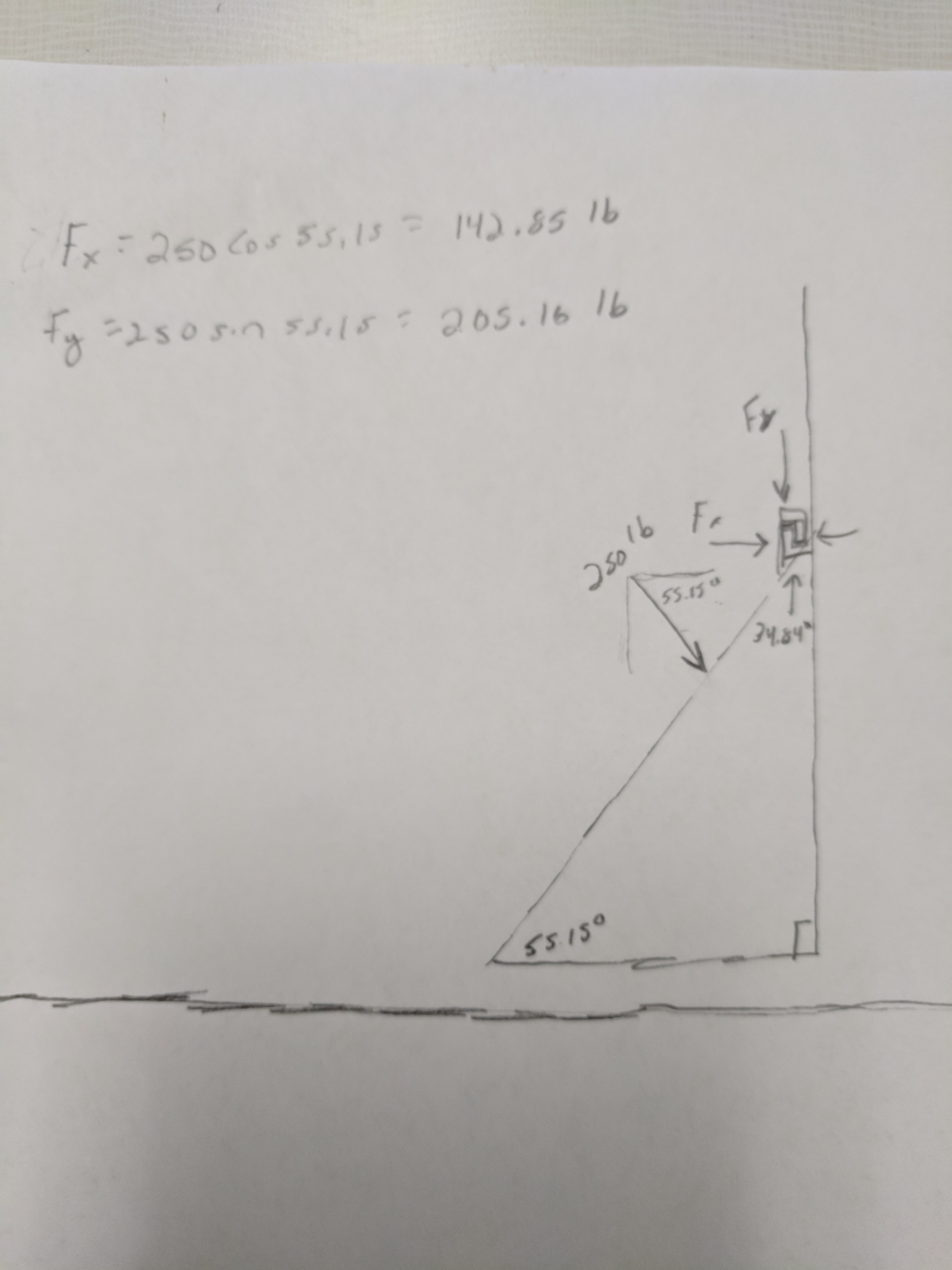
This shows how much force the "L" brackets must withstand.
Engineering analysis 2
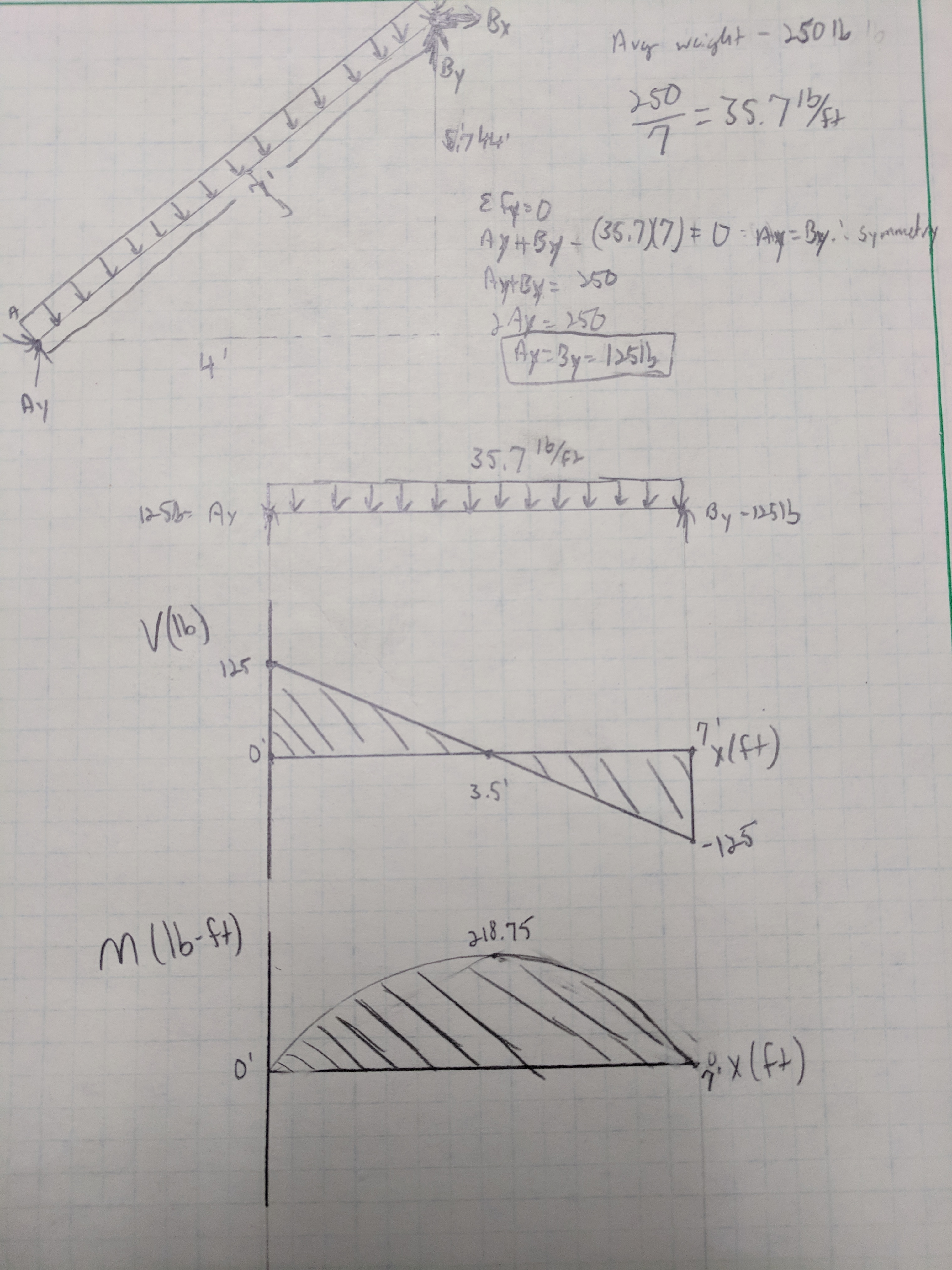
This shows the shear and moment diagrams for the side bars.
Engineering analysis 3
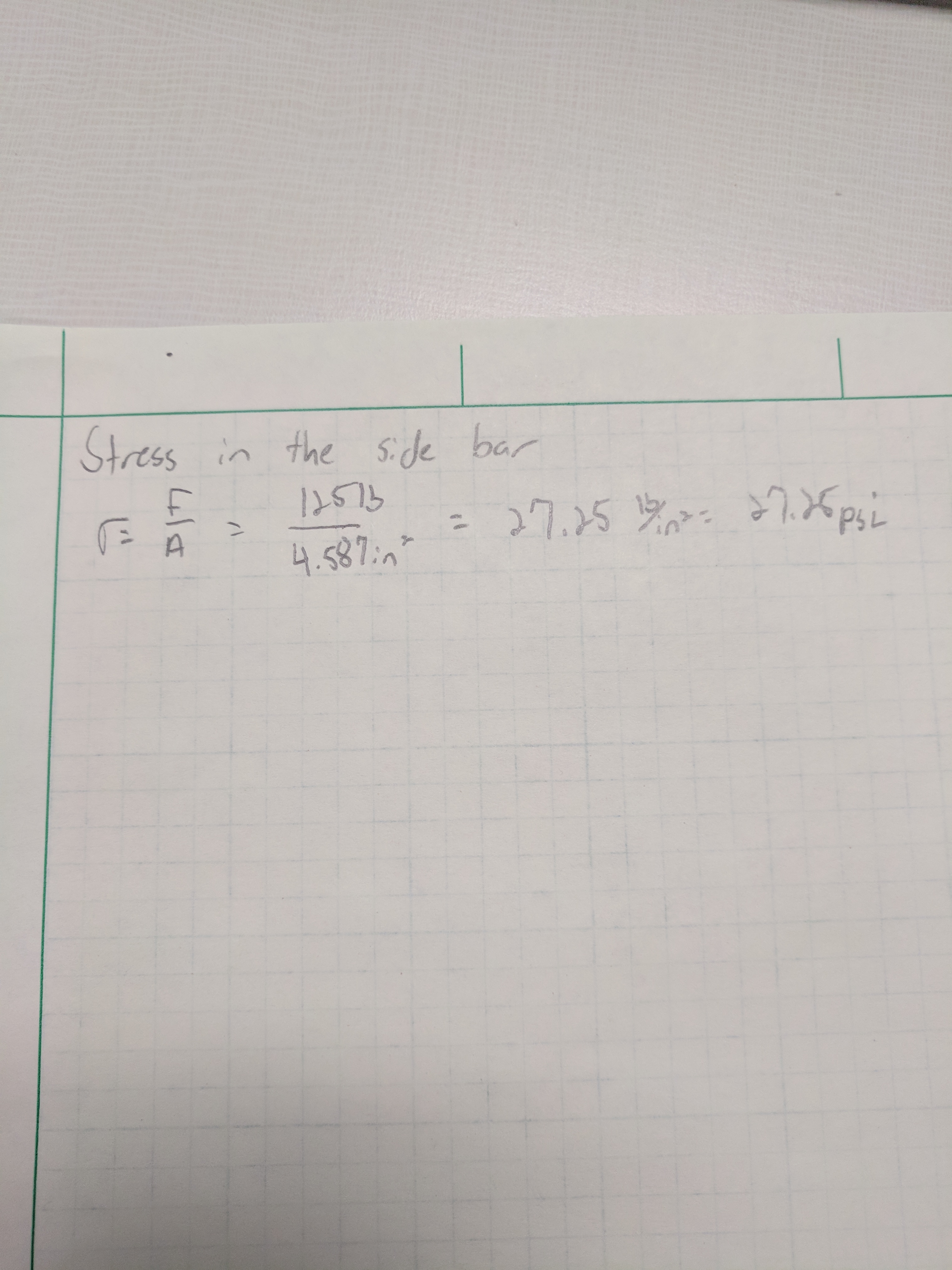
This shows the maximum stress that will occur in the side bars.
CAD Drawings
Bill of Materials
Assembly Instructions
Fabrication Process
Insert pictures of fabrication process
Testing and implementation
Describe testing, delivery, how used/received by the family
Photos of Completed design
Insert pictures of the final product
Instructions for safe use
Provide a clear summary of safe use for the family. Do not use the device unless supervised by an adult that has been fully understood the safe use of this product.

